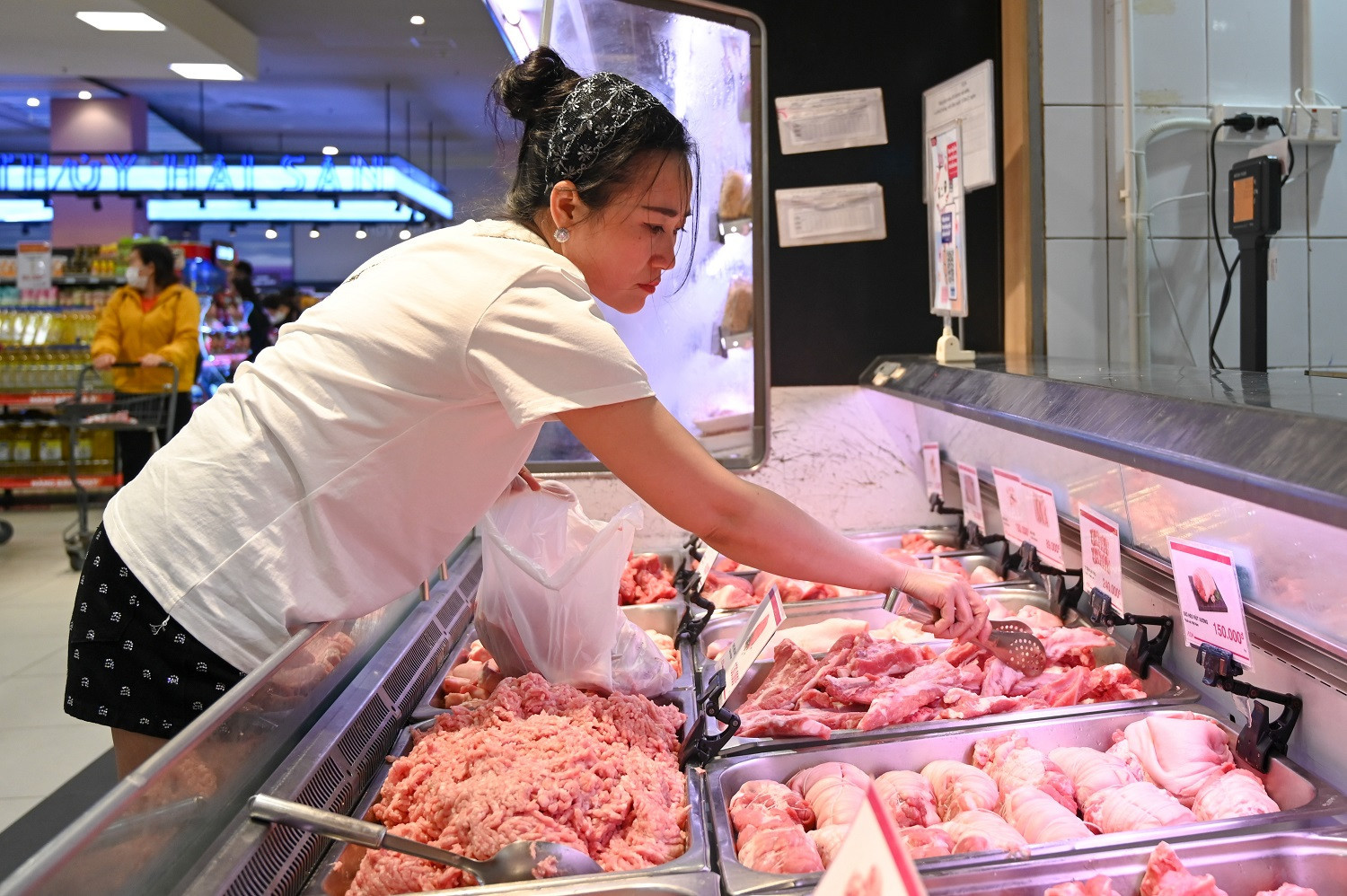
A senior executive of Amy Grupo, a building material manufacturer, told VietNamNet that the ceramic tile manufacturing industry is under pressure because of imports from India. With the import tariff cut to 5 percent last year in accordance with the ASEAN-India Free Trade Agreement (FTA), Indian tiles have become cheap and are available everywhere in the Vietnamese market.
“Chinese products are always cheap, but Indian ones are even cheaper,” he said.
“The businessman said the construction industry has been facing difficulties since early 2022. This, plus the flooding of Indian and Chinese products in the home market, have dealt a strong blow to domestic enterprises. Many of them are running at just 50 percent of capacity,” he said, adding that the ceramic tile industry may not retain the value of $4 billion this year.
More than 15 FTAs, bilateral and multilateral, have helped bring Vietnam’s products to all over the world. And in exchange, foreign products have been flooding the domestic market, testing the endurance of Vietnamese enterprises and products.
Agricultural imports
Vietnam is considered an agricultural country, and agricultural production is a major competitive advantage. However, every year, Vietnam still has to spend billions of dollars to import maize, soybean and meat.
In 2022, Vietnam imported 1.84 million tons of soybean worth $1.28 billion, over 9.6 million tons of maize worth $3.33 billion, $5.6 billion worth of animal feed and materials, and 2.08 billion worth of veggies and fruits, up 40.3 percent over 2021. The imports were mostly from China, with import turnover of $858 million.
Considered a ‘cashew nut power’, Vietnam had to spend $2.68 billion in 2022 and $1.06 billion in the first four months of 2023 to import cashew nuts, mostly from Cambodia. The import turnover was higher than the export value ($952 million).
The door is open widely to the Vietnamese meat market. The products not favored in other countries but favored in Vietnam have been imported to Vietnam in large quantities.
In 2022, Vietnam spent $1.52 billion to import meat, meat by-products and edible animal by-products. A report from the Vietnam Poultry Association showed that poultry meat imports grew by 60 percent in the last two years, while the domestic production growth rate was just 6.14 percent.
Huge void in industry
Vietnam is a big exporter. But in order to obtain high export turnover, it has to import input materials of different kinds in large quantities.
The import turnover of materials for textiles and garments, and footwear products in 2022, for example, totaled $6.7 billion. Vietnam had to spend $14.7 billion to import fabric, $4 billion to import cotton, $2.55 billion to import fiber and yarn and $11.9 billion to import steel.
In other words, according to the Ministry of Industry and Trade (MOIT), Vietnam needs to import 90 percent of raw cotton it needs to make finished products, 40 percent synthetic fiber, 50 percent of cotton yarn, 80 percent of fabric, and 90 percent of intermediary products and accessories for CMT (cut – make – trim).
For the footwear industry, Vietnam needs to import 40-45 percent of materials. The figure is 75-80 percent for plastics manufacturing.
Exporting for FIEs, low added value
According to UNIDO’s calculations in 2020, in 2011-2019, the ratio of intermediary product imports to total import turnover of Vietnam increased from 60.8 percent in 2010 to 69.3 percent in 2019, much higher than other regional countries.
This explains why Vietnam mainly does outsourcing for export and profits it can pocket are very modest, accounting for a small proportion in the price structure of finished products.
A report from MOIT showed that up to 75 percent of textile and garment companies are doing outsourcing which brings a modest profitability rate of 4 percent. About 20 percent of enterprises organize production under the FOB mode (free on board) which brings a profitability rate of 7 percent.
ODM (Original Design Manufacturing) and OBM (Original Brand Manufacturer) can bring the profitability rate of 30-40 percent, but only 9 percent of enterprises can apply the former and 1 percent the latter.
In terms of supplying materials and accessories, only 1 percent of demand for cotton, 30 percent of demand for fiber and 18 percent of demand for fabric (1.5 billion meters per annum) can be found from domestic sources, while the others need to be fed by imports.
“This leads to a paradox that being one of the big textile and garment exporters, Vietnam is the only country that doesn’t use domestic material and accessories,” MOIT said.
Luong Bang